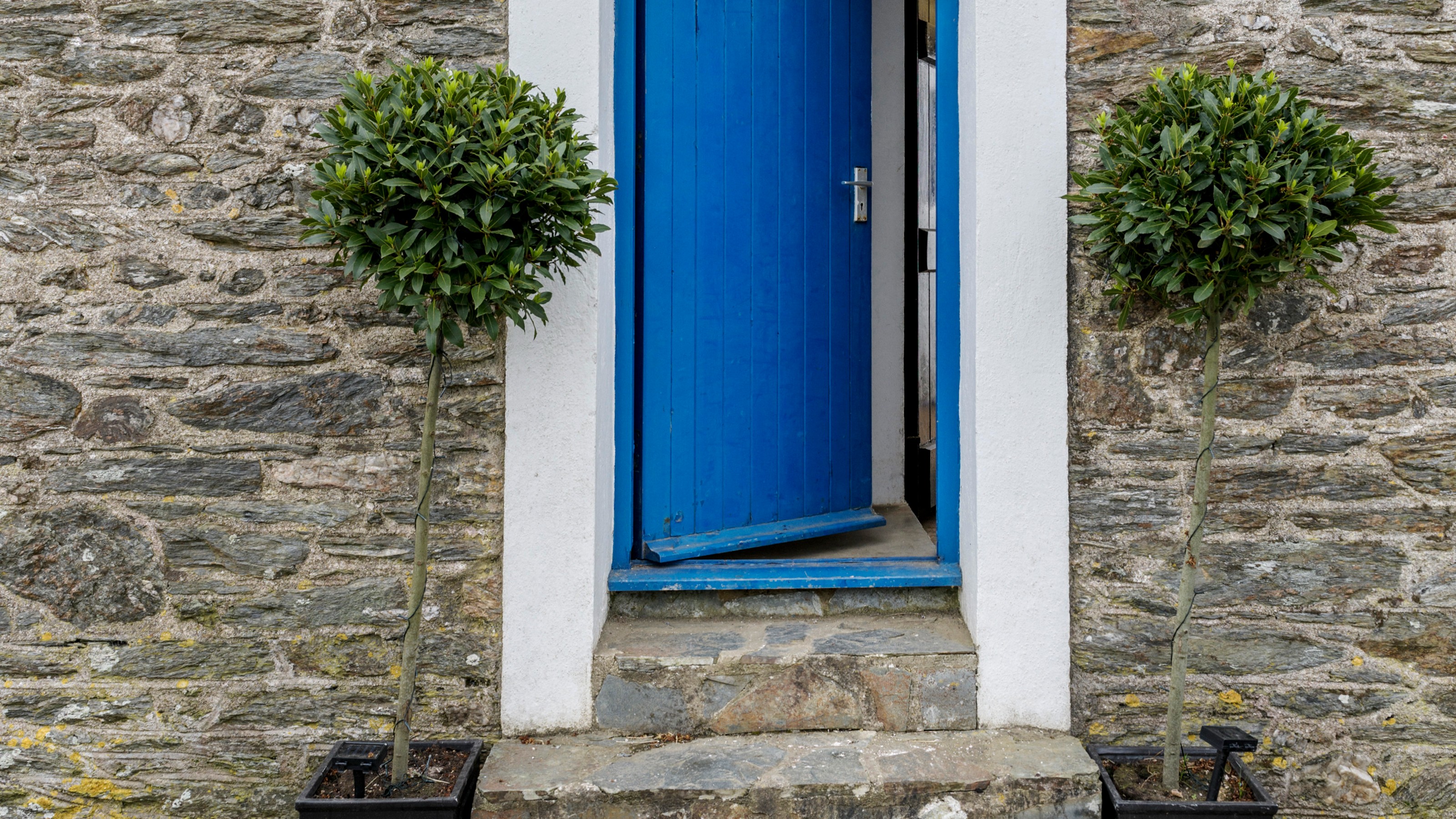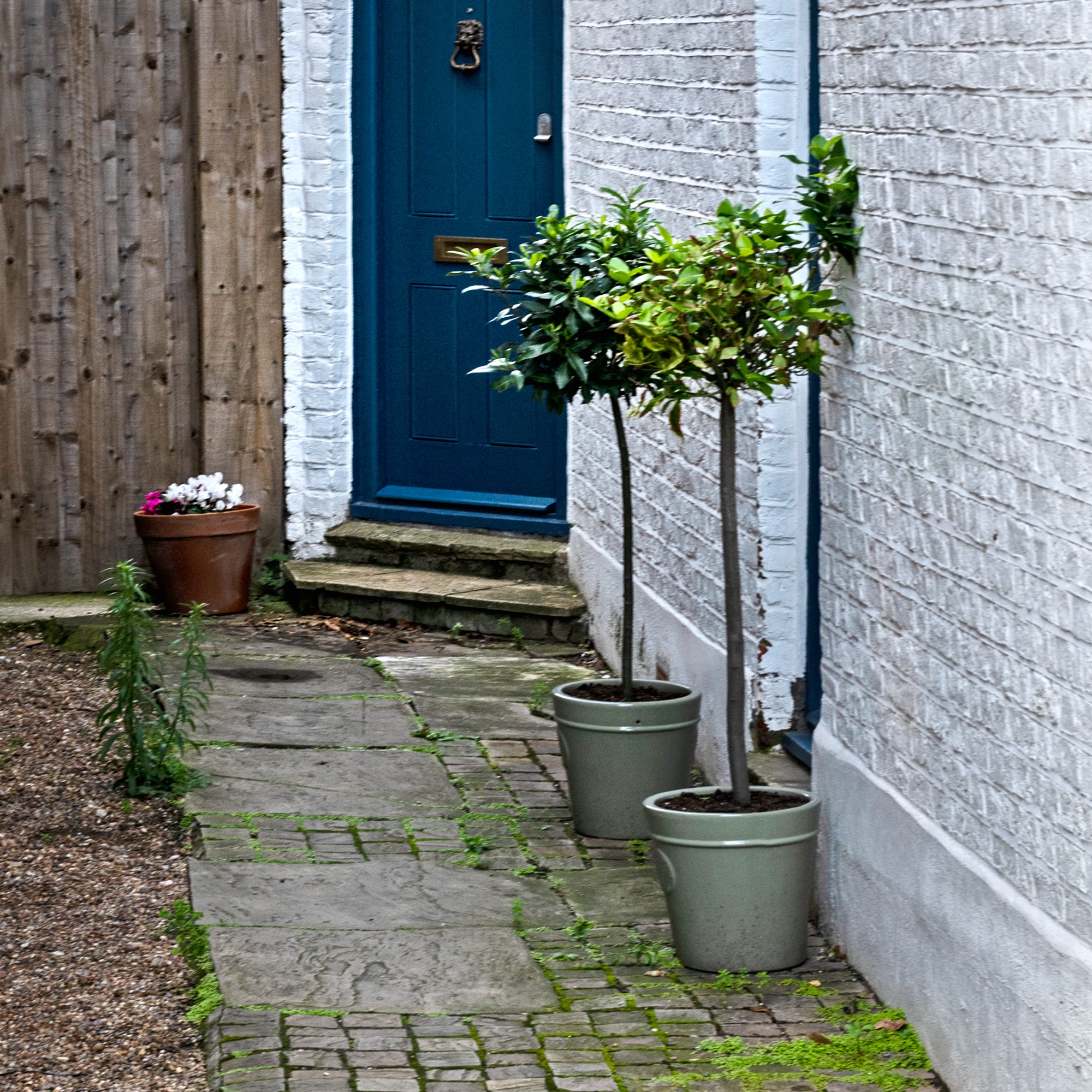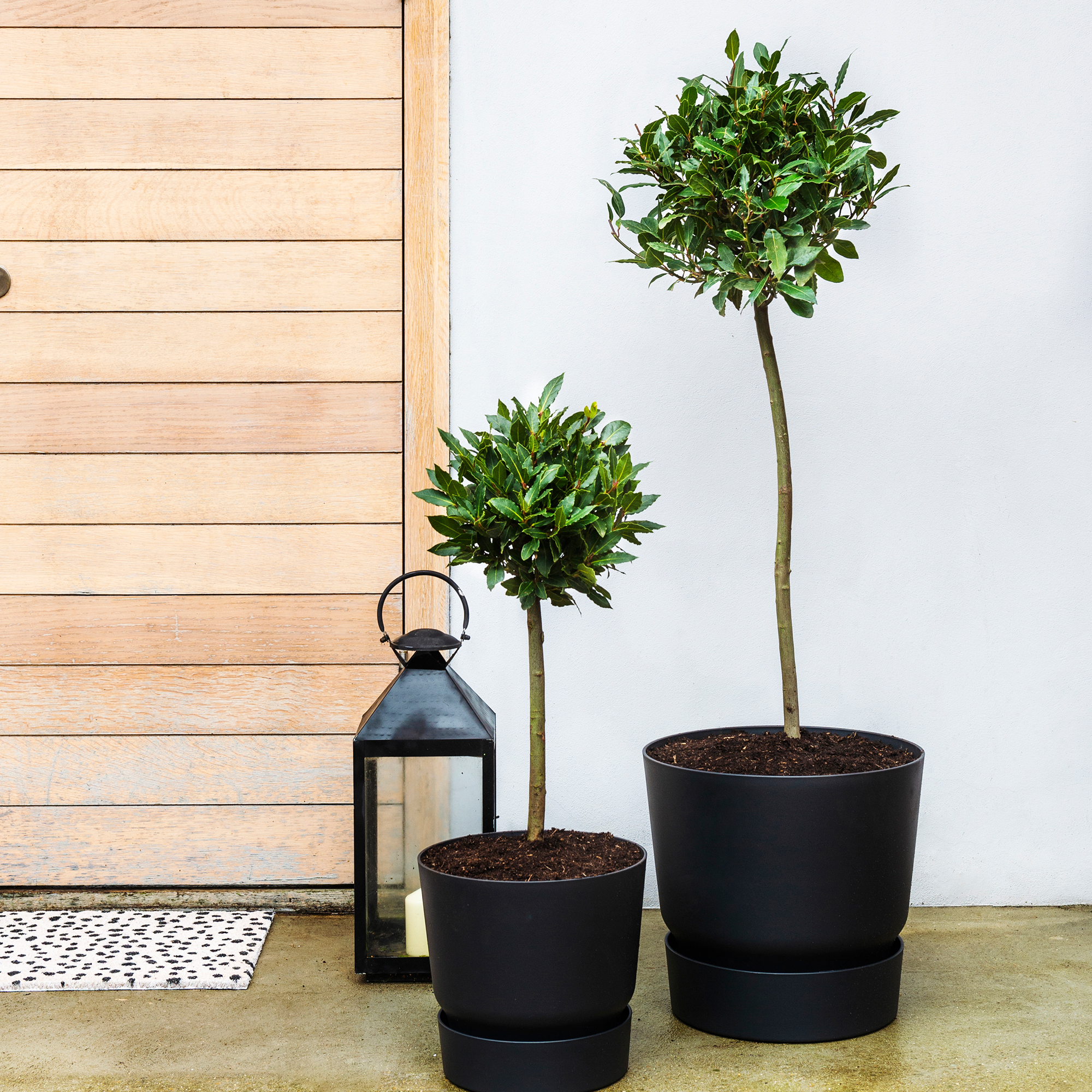How to prune bay trees - 5 quick and easy steps to cut back bushes and topiaries
It’s time to whip out those secateurs…

If you’re wondering how to prune bay trees, you’ll be happy to know that it’s very easy. In fact, you only need a few tools and a sunny day to complete this garden task.
You might already know when to prune bay trees, but there’s no point getting started on this garden task if you don’t know how to prune bay trees. After all, bay trees require regular pruning - no matter whether you’re using topiary bay trees to boost your curb appeal or bay tree bushes to fill out your garden borders.
It’s easy to get carried away when pruning bay trees, though. That’s why we’ve consulted with the experts to put together an easy 5-step plan for bay tree pruning. If you follow these steps, you’ll have a happy, healthy, and perfectly formed plant in no time.
How to prune bay trees
If you have a bay tree in your garden, you should know how to care for it (especially if you want to prevent bay tree leaves from turning brown). Part of that care plan should also involve pruning, and this step-by-step guide to pruning bay trees covers everything you need to know about this garden task.
What you’ll need
- Secateurs
- Watering can
- Fertiliser

Step-by-step
1. Choose the correct tools
A good gardener is only as good as their tools, which is definitely the case when it comes to pruning a bay tree. In fact, using the wrong tools could make your bay tree suffer as a result.
'Use a pair of sharp secateurs for pruning,' explains Sean Lade, Director of Easy Garden Irrigation. 'They provide a clean cut and cause the least damage to the plant. Ensure your tools are clean and sharp to prevent spreading disease.'
To clean your garden tools, you could use a mixture of warm water and washing-up liquid or a steriliser like this WD-40 from Amazon.

Sean holds in-depth expertise in gardening and horticulture, with a focus on designing efficient irrigation systems. His solutions grace gardens and nurseries across the UK, embodying an environmentally-conscious approach to water usage.
Sean is always happy to share knowledge, guiding gardeners and growers through regular training on irrigation best practices. This way, we help our clients create lush, thriving environments and empower them to use water wisely, combining aesthetics with sustainability.
2. Prune dead or disease branches
When you’re ready to go and your tools are clean, you can then get started. To begin, focus your attention on any dead or diseased branches on your bay tree.
Sean says, 'If you are growing a bay tree for its leaves to accompany your herb garden, you can let it grow a bit freely, but you’ll still want to prune it to keep it healthy. Look for any dead, diseased or damaged branches.’
‘These should be pruned back to the base or the nearest healthy offshoot. This helps keep the tree healthy and prevents the spread of disease.'

3. Thin out dense areas
To improve the health of your bay tree further, it’s also a good idea to thin out denser areas of the tree. This not only improves the health of the bay tree but can also encourage fuller growth in the future.
'Like other plants, we also want to prune bay trees to promote good air circulation,' says Sean. 'Prune to thin out dense areas of the tree, which can help prevent the onset of fungal diseases. However, be careful not to leave the tree too bare, as it can become sunburned.'
'When a bay tree is young, you may want to encourage branching by pruning the central stem,' Sean adds. 'Do this by snipping the very top of the tree when it's reached your desired height. This will encourage it to sprout branches from the sides, creating a fuller, bushier appearance.’
3. Shape as required
One thing you might not know is that bay trees can increase the value of your property. This is especially true when they’re grown as topiaries. However, keeping them in these specific shapes and forms can be difficult when you want to prune bay trees.
Sean says, 'Regular pruning helps maintain their desired shape. When cutting for shape, make your cuts just above a leaf node or bud that’s facing the direction you want the growth to go.'
'The most popular and instantly recognisable is the rounded lollipop shape, with a single trunk with a ball of leafy green foliage on top that you'll often see in front gardens,' adds Jo Lambell, founder of Beards & Daisies. 'To achieve this iconic shape, it’s important to trim away any lower branches, and clip any top branches which are growing out of your desired, rounded shape.'
Of course, it’s very easy to get secateur-happy when shaping a topiary bay tree. That’s why Camellia Taylor from The Garden Taylor suggests to ‘keep standing back to make sure you are happy with the shape that you are creating.’ The last thing you want is to cut too much and completely ruin the shape, after all.

4. Consider a hard prune, if needed
Hard pruning is pretty much what it sounds like - giving a plant a good, deep prune. Some plants love or even need this attention, but it can have adverse effects on others. Thankfully, a bay tree can cope with a hard prune, but only when necessary.
'A bay tree is quite resilient and can generally handle a heavy pruning if needed,' says Sean. 'However, it's important to remember that more severe pruning will slow down the growth of the tree as it recovers.'
'If the bay tree has grown too large or out of control, it can be cut back quite hard - sometimes to within 60cm (2ft) from the ground. But remember, it's crucial not to remove more than a third of the total foliage at once as this could potentially stress the tree and inhibit its recovery.'
Of course, sometimes it’s impossible to avoid a hard prune - especially if you’ve just moved house and inherited an overgrown bay tree that’s blocking your windows or the other plants in your garden. There is a way to hard prune a bay tree safely, though.

Sean explains, 'If a severe pruning is necessary, it's best to carry it out in stages over a few years, rather than all at once. This gives the tree a chance to recover and produce new growth between pruning. After a hard prune, feed the tree with a general-purpose fertiliser and make sure it's well-watered.'
This sentiment is echoed by Jo. She says, 'We’d encourage you to go slowly and gently when it comes to pruning your bay tree, especially if this is the first time you’ve ever pruned it. Start by cutting away any dead or damaged leaves to help redirect your plants energy.'
'Pruning too harshly can result in shocking your plant into a more dormant phase, and it could take a few years for leaves to grow back properly.’
5. Follow after-care instructions
When you’ve pruned a bay tree, you may be inclined to pack away your secateurs and move on to your next garden task. But following after-care instructions is the key to a happy and healthy plant.
'After pruning, give your tree some extra care,' advises Sean Lade. 'Water it well and consider applying a balanced, general-purpose fertiliser. Monitor the tree for any signs of stress or disease in the weeks following pruning.'
If you notice any of these signs, you should take action as soon as you spot them.
FAQs
When should I prune a bay tree?
Like many other plants, bay trees like to be pruned early. So, you should aim to prune a bay tree in late spring before it has a big growth spurt in the summer. This is especially true if you want to give your bay tree a hard prune.
However, you can continue to trim it throughout the summer months. Just remember not to prune too hard while it’s still growing.
How do you make a bay tree bushy?
Although it may sound counter-intuitive, pruning your bay tree can make it bushy. By opening up the canopy, removing dead and diseased branches, and pruning the central stem, you can encourage side growth. This will ultimately make it bushier.
Now you know how to prune bay trees, it’s time to start cleaning your secateurs!
Get the Ideal Home Newsletter
Sign up to our newsletter for style and decor inspiration, house makeovers, project advice and more.

Lauren Bradbury has been the Content Editor for the House Manual section since January 2025 but worked with the team as a freelancer for a year and a half before that. She graduated with a Bachelor’s degree in English and Creative Writing from the University of Chichester in 2016. Then, she dipped her toe into the world of content writing, primarily focusing on home content. After years of agency work, she decided to take the plunge and become a full-time freelancer for online publications, including Real Homes and Ideal Home, before taking on this permanent role. Now, she spends her days searching for the best decluttering and cleaning hacks and creating handy how-to guides for homeowners and renters alike, as well as testing vacuums as part of her role as the Ideal Home Certified Expert in Training on Vacuums, having spent over 110 hours testing different vacuum models to date!
-
 Will a conservatory add value to your home and how can you maximise it?
Will a conservatory add value to your home and how can you maximise it?This is what the pros say
By Amy Reeves
-
 I’ve been looking for a new signature scent for my home and The White Company's new fragrance is the exact summer holiday smell I needed
I’ve been looking for a new signature scent for my home and The White Company's new fragrance is the exact summer holiday smell I neededSantorini smells fresh, summery and sophisticated
By Kezia Reynolds
-
 How to remove algae from garden walls in five steps – and the cleaning product experts rave about for tackling it fast
How to remove algae from garden walls in five steps – and the cleaning product experts rave about for tackling it fastExperts share their top tips for getting garden walls algae-free
By Katie Sims
